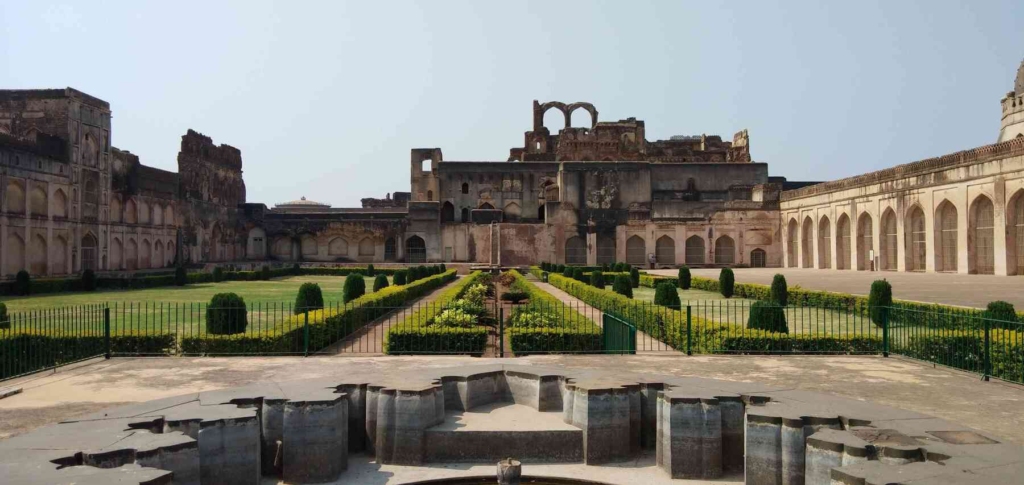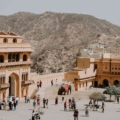Welcome to Bidar Fort, a resplendent jewel in the historical crown of Karnataka. This magnificent fort has stood proudly for centuries, bearing witness to the ebb and flow of time, and it invites you to immerse yourself in its rich history. Located in the northern part of Karnataka, Bidar Fort is a testament to the grandeur of the Bahmani Sultanate and the Barid Shahi dynasty, offering an enriching experience for history enthusiasts and architecture aficionados.

Bidar Fort is a marvel of Islamic architecture, reflecting the fusion of Persian and Indian styles. The imposing structure is adorned with stunning arches, intricate jali work, and beautifully designed minarets. The Rangin Mahal, the Royal Pavilion, the Gagan Mahal, and the Takht Mahal are just a few of the architectural treasures awaiting your exploration.
The history of Bidar Fort is a captivating saga of power struggles, artistry, and cultural confluence. It was constructed in the 15th century and later expanded by the Bahmani rulers. The fort played a pivotal role in medieval Indian history, and its impressive structures continue to narrate these tales.
One of the most remarkable features of Bidar Fort is the Persian influence that is evident in its design. The striking turquoise tiles used in the construction of many buildings add a touch of elegance. Among them, the ornate decoration in the Rangin Mahal and the elaborately carved wooden pillars in the Diwan-e-Aam are particularly noteworthy.
Beyond the fort, Bidar city is dotted with historical sites. The Bidar Fort’s premises include the serene Solah Khamba Mosque and the magnificent Chaubara clock tower. These locations offer a comprehensive view of the city’s cultural and architectural heritage.
Bidar Fort is not just a historical site; it is a living testament to Karnataka’s rich heritage. It has earned its place on the list of UNESCO World Heritage Sites and continues to attract tourists, researchers, and history enthusiasts from around the world.
Bidar Fort, Karnataka, is not merely a destination; it’s a journey through time. As you wander through its corridors and courtyards, you can feel the echoes of history, admire architectural brilliance, and appreciate the cultural amalgamation that has shaped this remarkable fortress.


